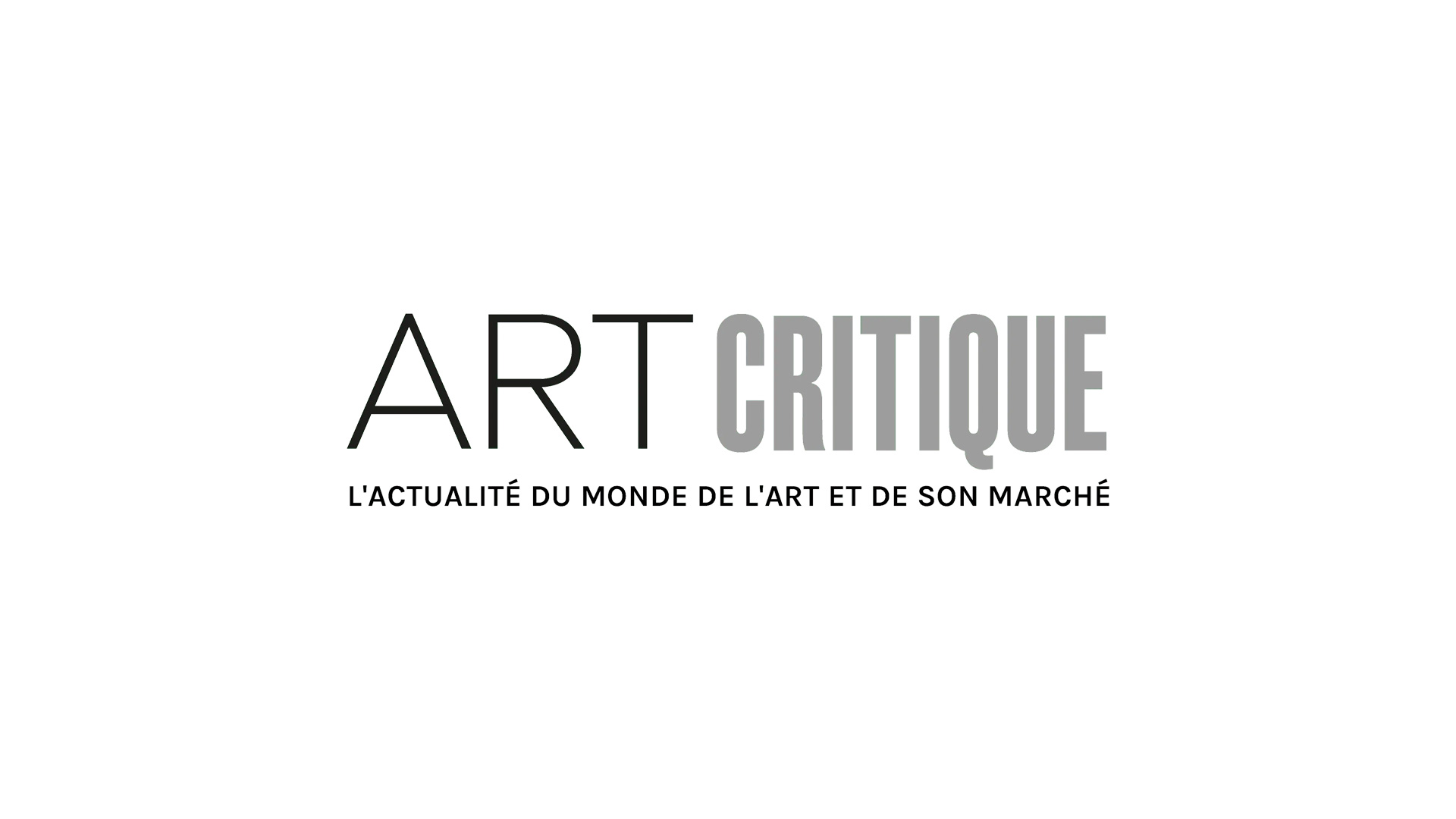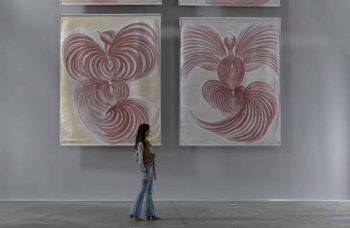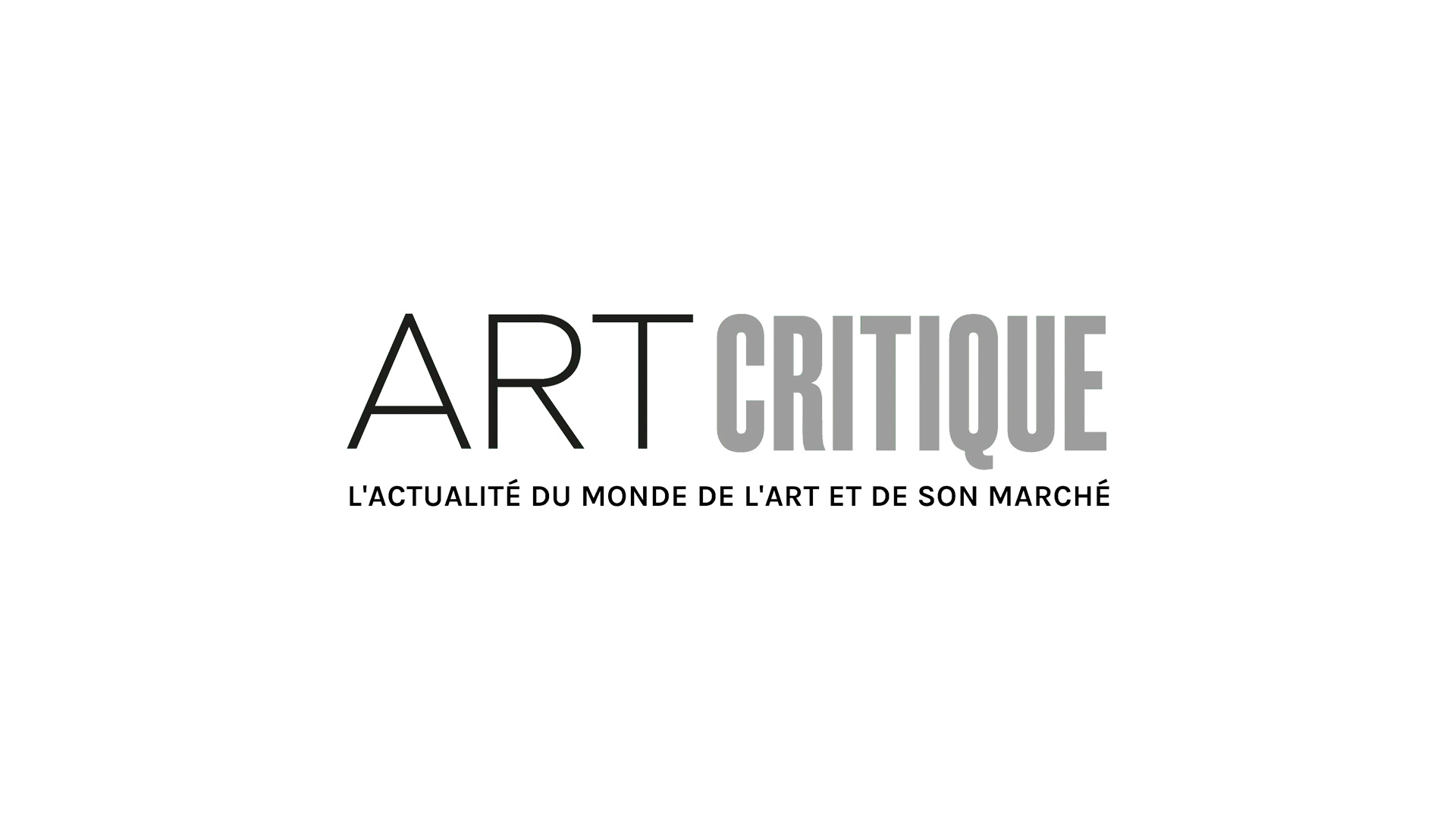In this week’s Art World Roundup… The Humboldt Forum announces it “expects” to repatriate Benin Bronzes to Nigeria and days later, the University of Aberdeen made a similar announcement. The mother of a cultural producer who died in the Beirut explosions continues her daughters work in launching new online arts platform, the Ghent Altarpiece gets a snazzy new £26 million glass case, and the Serpentine Gallery removes Sackler name from one of its galleries in “rebranding process.”
Years in the making, Humboldt Forum begins talks to return Benin Bronzes
The Humboldt Forum in Berlin has announced that it will not display the Benin Bronzes that have long been held in the collection of Berlin’s Ethnological Museum. Moreover, on Monday, Hartmut Dorgerloh, general director of the Humboldt Forum, said he anticipates that the works will soon be returned to their home in Africa. “As far as we know today, the Benin bronzes were largely acquired illegally,” Dorgerloh said in a statement. “I share the conviction that there must and will be restitutions.” The announcement follows meetings between Germany’s director general of cultural affairs for the German Ministry of Affairs, Andreas Görgen, and the governor of the Nigerian state of Edo, Godwin Obaseki. But, the topic has been a point of contention for years and most recently, Bénédicte Savoy, co-author of a major report on restitution commissioned in 2018 by French President Emmanuel Macron, has been calling on Germany to restitute the Benin Bronzes. The final decision to return the bronze works, which were stolen by British troops in the late 1800s, is up to the Prussian Cultural Heritage Foundation, which manages Berlin’s public institutions, but Dorgerloh says the return of the works is “expected.”

Also in Benin Bronze news…
Just days after the news came out that the Humboldt Forum is seeking out means to repatriate their holdings of Benin Bronzes, Scotland’s University of Aberdeen followed suit. The school announced this week that it will return a Benin Bronze that it purchased in 1957. Neil Curtis, head of museum and special collections at the university said that the purchase was “extremely immoral.” Echoing those sentiments, George Boyne, principle and vice chancellor of the university, said in a statement, “It would not have been right to have retained an item of such great cultural importance that was acquired in such reprehensible circumstances. We therefore decided that an unconditional return is the most appropriate action we can take, and are grateful for the close collaboration with our partners in Nigeria.” The University of Aberdeen only holds one Benin Bronze, a sculpture depicting a ruler known as the Oba, in comparison to the hundreds of bronzes held in collections across Europe. However, the university will be the first such institution to do so and it will set a president that no matter how many stolen goods are held in collections, they should be returned. “The reaching out by the University of Aberdeen and eventual release of the priceless antiquity is a step in the right direction,” said Alhaji Lai Mohammed, Nigerian minister of information and culture, said in a statement. “Other holders of Nigerian antiquity ought to emulate this to bring fairness to the burning issue of repatriation.”

A mom in Beirut keeps daughter’s legacy alive with AD Leb
Gaïa Fodoulian, a 29-year-old cultural producer, was one of the many people who lost their lives in the Beirut explosions that occurred in August of last year. Now, her mother, Annie Vartivarian, is honouring Fodoulian’s legacy with a new online arts platform. Titled AD Leb, which stands for Art Design Lebanon, the platform was the brainchild of Fodoulian and she was working on the project before her death. AD Leb will offer virtual gallery space for artists from Lebanon and those from other places in the Middle East. Now, thanks to the work of Vartivarian, who also leads Laetitia Gallery in Beirut, AD Leb will launch on April 4th alongside an in-person exhibition called “Everyone is the creator of one’s own faith,” a nod to the last Facebook post published by Fodoulian just hours before the explosions. The exhibition is one of the first large-scale exhibitions to be held in the Lebanese capital since its arts community was impacted by the disaster. To be held in the historic Tabbal building, the show will include works primarily by Lebanese artists alongside works by Middle Eastern artists. The launch of the gallery comes at a time when Lebanon is struggling through an economic crisis compounded by the pandemic. Many, including many artists, have left the country for other parts of Europe or the Middle East. Vartivarian, though, hope that AD Leb will help strengthen and rebuild the arts community of Beirut. “Gaïa would have wanted to help keep the creative scene of her country alive,” Vartivarian told Artnet News. “We continue to live in great hardship in Lebanon. The situation has gotten worse, but people still express themselves through art. They try and channel their fears, their trauma, and their hopes through creative means.”
The Ghent Altarpiece gets a brand new home
The Ghent Altarpiece is not only one of the most important artworks in the canon of art history, it’s also the most-stolen artwork. Consisting of 12 panels, various parts of the polyptych have been stolen on seven different occasions and one panel of the massive painting has never been recovered. So, it’s no surprise that after a major seven-year long restoration, the altarpiece’s new home is a £26 million bulletproof glass case. The newly-restored altarpiece, created by Hubert and Jan van Eyck in 1432, was unveiled this week in its new home situated in the Sacrament chapel of St Bavo’s Cathedral in Ghent, Belgium. The case will offer protection over the artwork in a number of ways but it’s also meant to improve visitor experience in viewing the incredibly detailed artwork. The case will provide climate control for the painting as the chapel can get as chilly as 2ºC during the winter months. Within the case, the altarpiece rests on a steel frame that has pneumatically controlled wings so that the altarpiece can be slowly opened and closed each day without opening the case. In case of emergencies, the chapel has been retrofitted with large security doors which required changes to the chapel’s walls. The altarpiece underwent extensive restoration that saw overpainting and varnishes removed, revealing the van Eyck brothers’ original painting – and the controversial face of the Lamb of God. “Both the magnificent restoration and the circumstances in which the Ghent Altarpiece can now be admired are astonishing,” said Jan Jambon, prime minister of Flanders, at the unveiling of the restored work in its new home. “The splendour of colours, the details, the lighting: everything is perfect. That makes us proud. We are pleased that the Flemish government was able to contribute to this and that we can show this masterpiece to our children and grandchildren and hopefully soon to many tourists.”

Sackler name removed from one more gallery
The Serpentine Galleries in London have further separated themselves from the Sackler Family, founders and former owners of Purdue Pharma, which created and marketed the highly addictive pain medication OxyContin. The London museum has removed the Sackler name from a gallery although the building that the gallery is in reportedly still holds the Sackler name. Formerly known as the Serpentine Sackler Gallery, the area of the museum is now known as the Serpentine North Gallery. The Serpentine Galleries announced in 2019 that they would no longer accept donations from the Sacklers. While this move could be an extension of the distancing process, a spokesperson for the museum said that the Serpentine is undertaking a “rebranding process” that has led to the removal of the Sackler name on the gallery. “We recently introduced new way-finding terminology to help visitors distinguish between the two galleries,” they continued. “These terms will appear on the website and on all marketing materials.”






